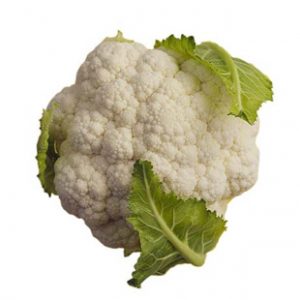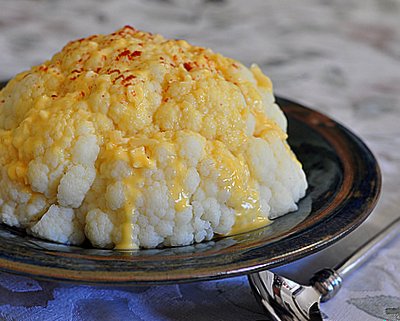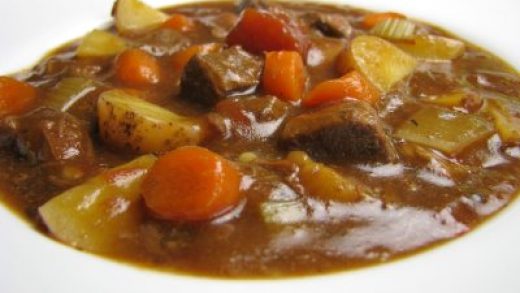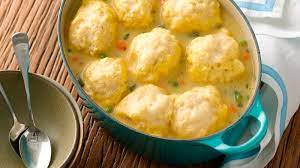The name for this vegetable means cabbage flower. That gives you a good idea of what family it belongs to. It’s unusual for most green vegetables because it’s mostly white. We don’t eat the green parts. But the leaves and stalk are good for making stock.
Not much is known about where cauliflower came from or where it was first cultivated. We do know it is a hybrid plant and shares the same nutritional value as its close relatives, broccoli and cabbage.
There are a surprising number of varieties of cauliflower, mostly developed in various parts of Europe. There is an Asian variety developed in tropical India. There are color varieties in orange, purple, and green. The green variety is also called broccoflower.
White and purple heads are what you’re most likely to find in the market. Look for tight heads without brown or yellow spots. The green leaves and stalk should still be attached and should not be withered or limp. You can cut it into florets like broccoli or just trim off the leaves and stalk to cook the thing whole.
Cauliflower is perfect for the microwave. Its round shape means the whole head will cook evenly. Just wrap it in plastic and heat it on high for 3 to 4 minutes or until it’s tender. You can also cut it up and cook it in a microwave-safe dish with a little water, white wine, or broth.
It can be steamed, just like broccoli. They can be roasted or sautéed with a little olive oil. A few caraway seeds are a good seasoning in addition to salt and pepper.
Pickled cauliflower is another interesting preparation that allows you to enjoy this tasty and nutritious vegetable all through the winter. Pickling adds a tangy, tart flavor that goes great on salads or as a side to a sandwich.
Cooked cauliflower is often served with a cheese sauce. You can get creative in coming up with various sauces to enhance this vegetable. It makes a good substitute for potatoes if you need to lower your carbohydrate consumption.




